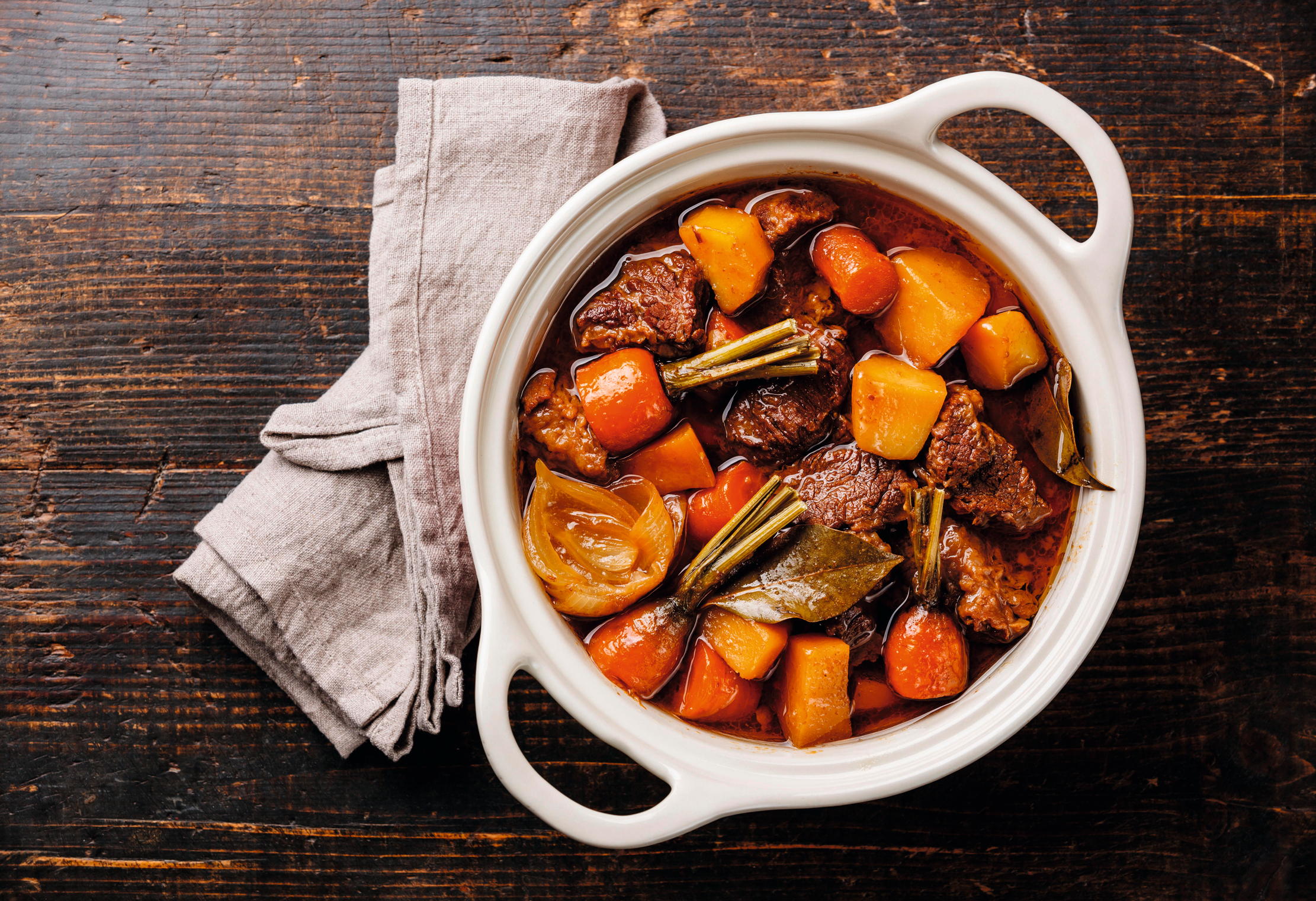Bay watch: Why laurel leaves have done everything from crown emperors and Olympic champions to flavouring stews
Not many plants can claim a place both on the haughty brow of an emperor and in the humble stew pot, says Ian Morton, as he looks at the laurel tree.


Hail Caesar! The imperial brow was adorned as usual by a laurel wreath, for only the most prestigious Roman personages were granted the symbol of excellence, the leafy crown. Ever fearful of treachery in those days of shifting allegiances, he had faith that laurel would live up to its reputation of offering protection against all manner of misfortune, seen and unseen. Among its guardian virtues, laurel would never be struck by lightning. In that respect, as far as we know, it worked for all the Caesars other than Marcus Aurelius Carus, emperor in AD282–83, who was reportedly felled when campaigning against the Sassanid empire, now Iran. He was probably wearing a metal helmet instead of his wreath.
Whence did the formidable power of laurel in the classical era originate? Native to the Mediterranean region and one of the oldest trees to be cultivated, it became sacred to the god Apollo — he of sun, truth, prophecy, poetry, music, dance and healing. Worshipped in both ancient Athens and Rome, in Greek mythology he was pursuing the water nymph Daphne, who avoided his lecherous advances by turning, with her father’s help, into a laurel tree (the modern Greek word for which is daphne).

So deep was Apollo’s frustration and affection that he adopted the laurel and endowed it with special qualities, its wreaths a symbol of wisdom, courage and strength, awarded to the highest achievers: poets, orators, statesmen, doctors, athletes and warrior heroes (it remains ill-advised to rest on one’s laurels). Successful students of the era were crowned with wreaths of laurel berries, the Latin for which is baccalaureus, and our poets laureate likewise inherit an ancient literary honour.
We know the laurel familiarly as the bay — tree and bush — distinctive, decorative and evergreen, with leaves that add a subtle savour to dishes. It is ironic that the bay is named not for its foliage, but for its fruit, from Old French baie, a berry. A further twist. Thanks to the Linnaeus classification of 1758, horticulture knows the bay as Laurus nobilis: laur was Celtic for green and the ‘noble’ element sprang from the Greco-Roman heroic culture.
The evergreen had a mystical side — Romans loved their omens. Historian Suetonius recorded that a laurel grove planted by Empress Livia and used exclusively for wreaths wilted and died unaccountably just before Nero was assassinated, bringing an unpleasant dynasty to an end. Branches were burned in Delphic rites and the narcotic and stimulating effects of the leaves meant priestesses chewed them before pronouncing prophecies. The belief that bay leaves under the pillow could evoke dreams foretelling the future survived in medieval folklore, particularly among maidens seeking guidance in their quest for true love.
Bay also held great medicinal value. Roman naturalist Pliny prescribed a bay infusion to treat paralysis, sciatica, bruising, headaches, spasms and throat and ear infections. In bath water, it eased rheumatic pain. Medieval practices sustained its worth. Culpeper advocated that distillations should be rubbed on sprains, used as ear drops and declared them ‘effectual against the poisons of all venomous creatures and the sting of wasps and bees’. Traditional medicine suggested benefits to breathing and digestion, as well as the stimulation of appetite and hair growth. A 2008 study supported the effect of bay extracts on glucose levels, the leaves containing antioxidant polyphenols, and they have a place in modern massage therapy and aromatherapy.
Most cooks wouldn’t be without the leaves, which are used across southern Europe and feature from Mexico to India, although some celebrity chefs have voiced doubts about their value.
Exquisite houses, the beauty of Nature, and how to get the most from your life, straight to your inbox.

Much seems to depend on their age, many examples drying out for too long in jars on kitchen shelves. Yet bay leaves add their fragrant touch, usually having been removed before serving, to meals haughty to humble. A personal reminiscence from decades ago: none was more unsophisticated than a makeshift army mess-tent during British Army of the Rhine live-ammo manoeuvres over north German heathland, after a NATO alert over a possible Russian threat.
When an officer asked the ritual question of whether there were any complaints, a squaddie remarked on a leaf in his stew. He was told not to spread it around, because everyone else would want one.

What's in a colour? The mystery behind our obsession with green
The human eye can detect more shades of green than any other colour and they are matched by a bewildering

'There is no end to the beauty of what they have created': The sensational gardens of Selehurst
This garden, which contains the largest Eucalyptus tree in Sussex, has been sensitively restored, replanted and improved since the Great

The mystery of the hedge: How an exhibition on these living walls seeks to explain our fascination with their place in the landscape
Gareth Gardner wondered if he was the only photographer interested in hedges. Now he has the answer.

Curious Questions: When — and why — did we stop wearing hats?
The hat was once as essential for leaving the house as a pair of trousers, but the sight of a
After some decades in hard news and motoring from a Wensleydale weekly to Fleet Street and sundry magazines and a bit of BBC, Ian Morton directed his full attention to the countryside where his origin and main interests always lay, including a Suffolk hobby farm. A lifelong game shot, wildfowler and stalker, he has contributed to Shooting Times, The Field and especially to Country Life, writing about a range of subjects.
